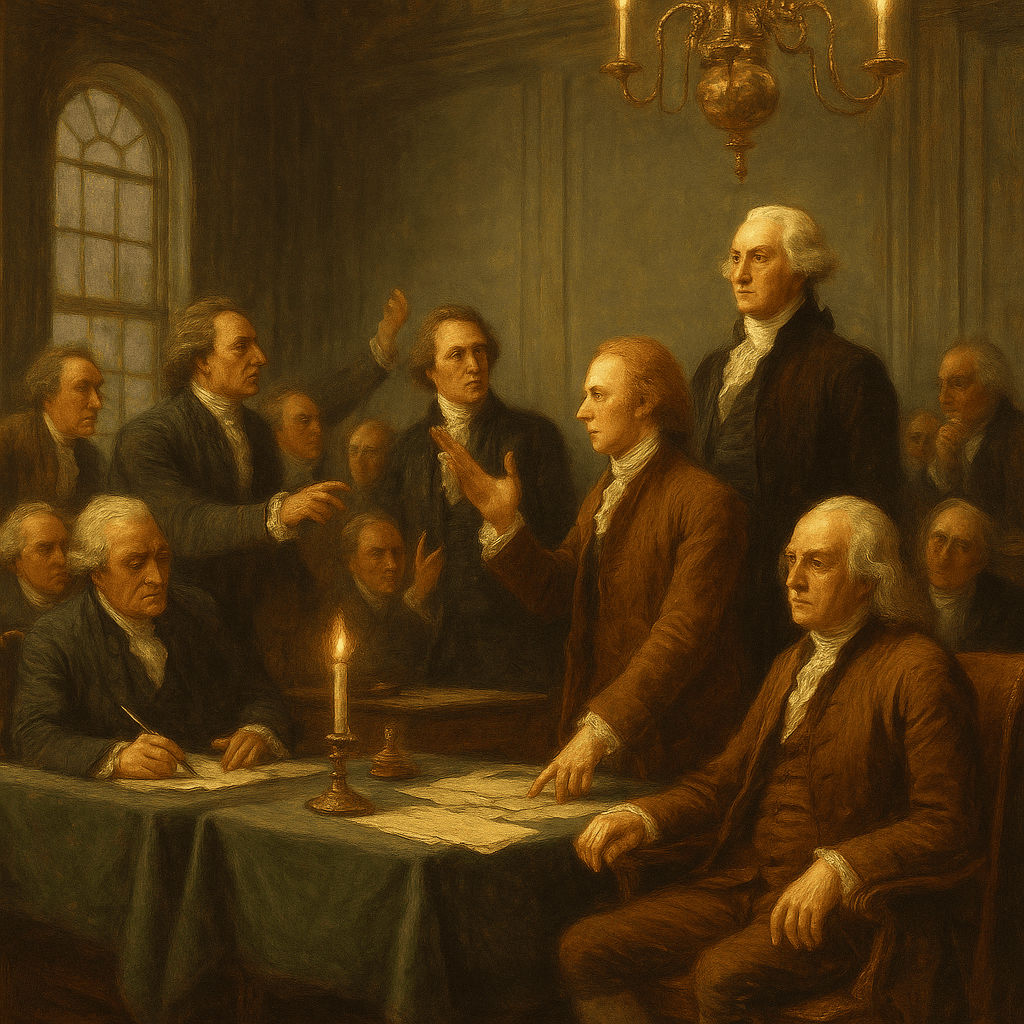On June 21, 1788, New Hampshire cast the decisive ninth vote to ratify the United States Constitution, officially bringing the new framework of government into effect. This marked a critical turning point in American history—the moment when the loose coalition of former colonies formally united under a shared set of governing principles. The ratification not only affirmed the success of the Constitutional Convention but also laid the foundation for the rule of law, the balance of powers, and the enduring ideals of American democracy.

Before the Constitution, the United States operated under the Articles of Confederation—a system that proved too weak to manage the country's growing challenges. States retained almost all power, and the federal government lacked the authority to levy taxes, regulate commerce, or enforce laws. Recognizing the need for a more cohesive and effective national structure, delegates convened in Philadelphia in 1787 and drafted the Constitution. Yet drafting the document was only the beginning; it required ratification by nine of the thirteen states to become law.
New Hampshire’s approval came after months of heated debate and represented a major victory for the Federalists, who argued for a strong central government to maintain order and unity. Their success was not guaranteed—many citizens feared that a powerful federal system might threaten individual and state rights. But proponents of the Constitution, including figures like Alexander Hamilton, James Madison, and John Jay, worked tirelessly to persuade the public, publishing what became known as the Federalist Papers.

The ratification process revealed deep divisions among the states. Some, like Delaware and Pennsylvania, ratified the Constitution quickly and enthusiastically. Others, like New York and Virginia, held out amid fierce resistance. New Hampshire’s vote as the ninth state met the threshold for enactment, officially triggering the formation of the new government. However, the success was more symbolic than immediate—without key holdouts like Virginia and New York on board, the legitimacy of the Constitution remained fragile.
The Federalists knew that unity required more than technical ratification. Compromise was essential. Promises to add a Bill of Rights—a concession to anti-Federalist concerns—helped win over reluctant states. These ten amendments, ratified in 1791, enshrined civil liberties such as freedom of speech, religion, and due process, bolstering public trust in the new government and ensuring broader support for the Constitution’s framework.

The Constitution's ratification in 1788 didn't mark the end of its evolution—it marked the beginning. Over the next two centuries, it has been amended, interpreted, and debated through landmark court decisions and national discourse. The Constitution’s strength lies in its adaptability; while the core principles of checks and balances, separation of powers, and representative government remain intact, its clauses have been interpreted to meet the needs of a changing society.
Today, the Constitution continues to serve as the backbone of American democracy and a model for nations around the world. Its ratification signaled not just the birth of a new government but a bold experiment in self-rule that endures to this day. The moment New Hampshire ratified the Constitution was when the ideals of liberty, unity, and governance took tangible form—an enduring legacy that still shapes the course of history.